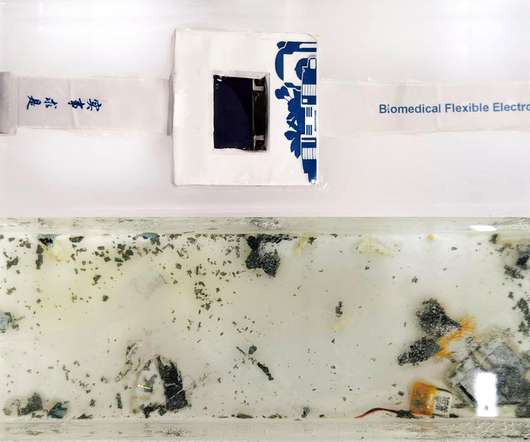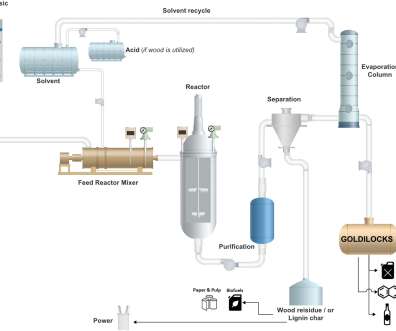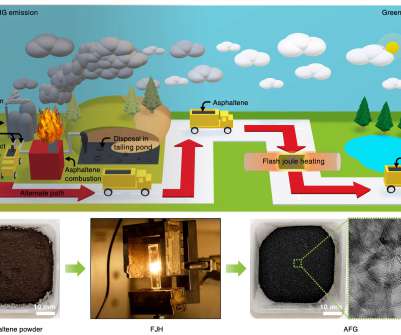BMW i Ventures invests in Natural Fiber Welding; plant-based leathers, yarns and foams
Green Car Congress
JULY 18, 2021
MIRUM is made with natural, biodegradable polymers. Synthetic polyurethane-based leathers require around 5 kg carbon dioxide equivalent per kg of synthetic polymer produced. MIRUM requires no tanning and is made from natural polymers and materials (e.g., waste’ cork powder).



































Let's personalize your content